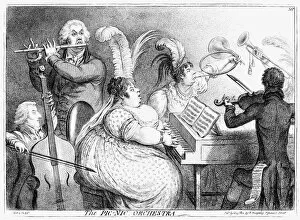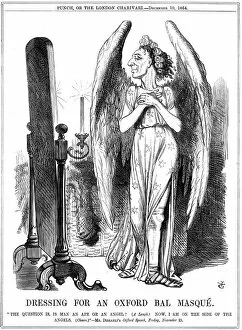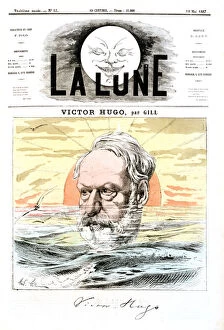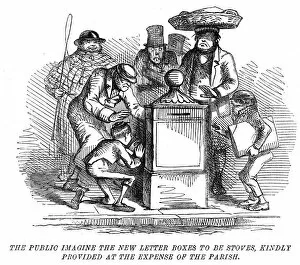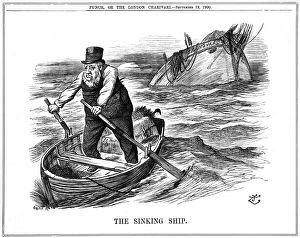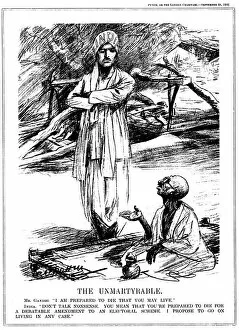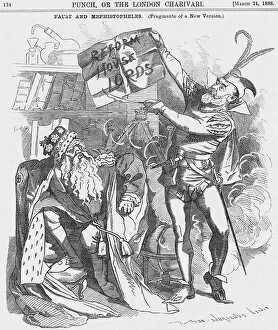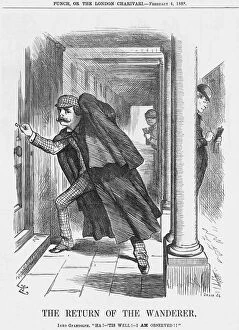Cartoon Collection (#93)
Cartoons have long been a powerful medium for social and political commentary, using humor and satire to convey important messages
For sale as Licensed Images
Choose your image, Select your licence and Download the media
Cartoons have long been a powerful medium for social and political commentary, using humor and satire to convey important messages. From the early 19th century to the present day, these illustrations have captured significant moments in history and exposed societal issues. In 1911, an American Socialist poster depicted the capitalist pyramid, highlighting the unequal distribution of wealth in society. This thought-provoking image aimed to raise awareness about economic disparities and advocate for a more equitable system. Another notable cartoon from 1802 by James Gillray satirized Edward Jenner's vaccination efforts against smallpox. Titled "The Cow-Pock, " it cleverly criticized Jenner's controversial method while shedding light on public skepticism towards medical advancements. In 1805, Gillray created another iconic piece titled "The Plumb-pudding in danger, " mocking Napoleon Bonaparte's peace overture with British Prime Minister William Pitt. The cartoon portrayed both leaders carving up the world like a meal, symbolizing their hunger for power during times of conflict. During the mid-19th century, cartoons were also used as a means to address environmental concerns. An 1866 illustration called "Deaths Dispensary" highlighted water pollution as a source of disease, emphasizing the need for clean water sources and proper sanitation practices. Punch magazine contributed its fair share of memorable cartoons too. In 1855, they published an amusing depiction featuring dinosaurs roaming around London's Crystal Palace exhibition—an imaginative blend of science fiction and humor that captivated readers at that time. Moving forward to World War II era propaganda posters; one lithograph from around 1943 featured Potato Pete urging people to join him in attacking enemies—a playful yet persuasive way to encourage support for war efforts through relatable characters. Imperialism was also critiqued through cartoons such as an American illustration from 1882 named "The Devilfish in Egyptian Waters.

